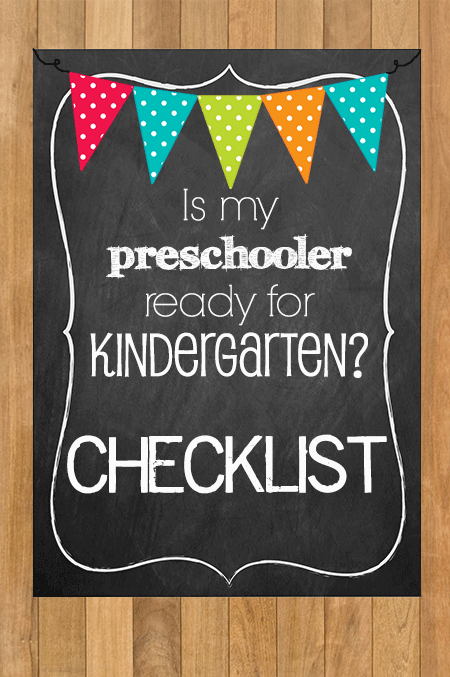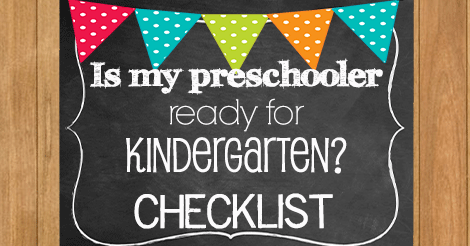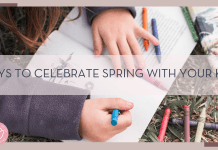We went straight to the source to find out what is on a teacher’s checklist to determine if your preschooler is ready for kindergarten.

We asked preschool and kindergarten teachers what parents can do to prepare our children for kindergarten. Here is what they told us.
- Let your child cut with scissors. Encourage her to cut pictures from old magazines and glue them to form a collage. Give her scissors when she plays with play-dough and teach her to cut the dough into strips.
- Offer your child various writing utensils – colored pencils, markers, crayons, pens, highlighters – to keep writing and drawing fun and interesting.
- Count out loud often. Count pretzels and crackers at snack time. Count toys as you clean the playroom. Count cars on the highway.
- After you count, compare groups – which has more? Which has fewer?
- Sort objects. Sort socks by color or size. Sort silverware as you unload the dishwasher. Sort toys by color as you clean up. Sort coins.
- Review shapes and colors as you look at books or items on the grocery store shelf. Play “I Spy” using shapes and colors as you wait for your meal at a restaurant or as you wait in the doctor’s office.
- Play “Simon Says” with two or three-step instructions. Simon says jump up and down and clap your hands! Or Simon says stomp your feet, clap your hands and shout Hooray!
- Play rhyming games.
- Practice letter sounds and begin to point out the sounds words start with.
- Notice letters everywhere – on signs, in books, on cereal boxes.
- As you read, run your fingers along under the words so your child can begin to understand that words go from left to right and top to bottom.
- Play games with alphabet refrigerator magnets. Practice naming each letter and the sound it makes.
- Teach your child to recognize his name and then to write his name. Let him practice often. Teach him to use all lower case letters, except for the first letter.
- Give your child plenty of opportunities to interact with other children – play groups, play dates, church, preschool – so he learns to take turns, treat others nicely, listen to others and share.
- Teach your child how to express his feelings in words. Practice feeling words.
- Have your child dress him or herself. Let him zip his own jacket and fasten his own jeans.
- Make sure your child can go to the bathroom completely independently – wiping, flushing and washing/drying hands.
- Practice tying shoes.
- Read, read, read! Every day.
“We are going to be teaching colors and shapes and letters anyway, so I don’t care if you teach those things. But please teach your child to wipe his own bottom and tie his own shoes. Those are the things that interrupt instructional time. Please, please, please teach your child to go to the bathroom on his own and to tie his own shoes.”
This post was originally posted by Jennifer Hatcher within The Moms Magazine
Follow Jennifer Hatcher on Facebook: Jenn In Graceland


















